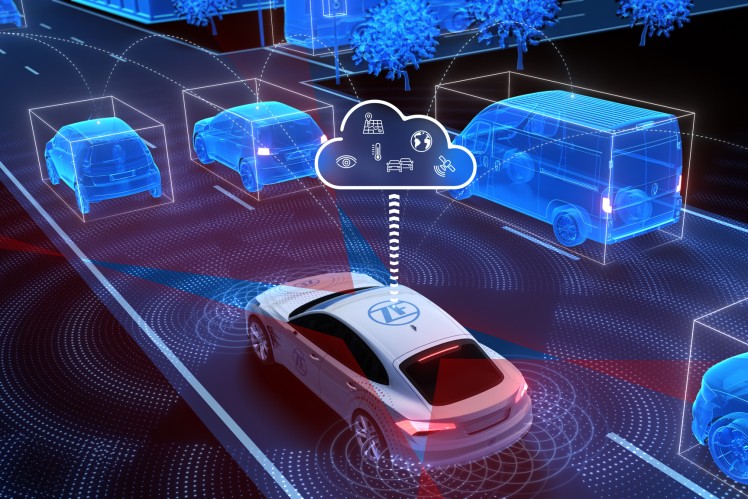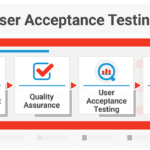Have you ever imagined a car that can adapt and evolve just like your smartphone? Well, that’s the essence of Software-Defined Vehicle (SDV). These innovative vehicles are not just cars; they’re rolling computers on wheels, equipped with sophisticated software that can be updated and customized to meet changing needs and preferences.
At its core, SDVs represent a paradigm shift in automotive design. Unlike traditional vehicles with fixed hardware configurations, SDVs boast a dynamic architecture where software plays a central role in defining their functionality. This means that instead of relying solely on physical components, SDVs leverage sophisticated software algorithms to control various aspects of the vehicle’s operation, from propulsion and navigation to safety and entertainment systems.
The key Role of SDV Architecture
Central to the concept of SDVs is their flexible and scalable architecture. Software-defined vehicle architecture is designed to accommodate continuous updates and improvements, allowing manufacturers to introduce new features and functionalities without the need for extensive hardware modifications. This agility is made possible by decoupling software from hardware, enabling seamless integration of third-party applications and services. As a result, SDVs can quickly adapt to changing market demands and technological advancements, ensuring they remain at the forefront of innovation.
Benefits of software-defined vehicles include:
1. SDVs offer a multitude of benefits that revolutionize the driving experience. One of the most significant advantages is the ability to receive over-the-air updates. Just like your smartphone, SDVs can seamlessly download and install software updates, keeping them constantly up-to-date with the latest features and improvements.
2. Furthermore, SDVs enable manufacturers to innovate faster and more efficiently. By decoupling hardware from software, developers can focus on creating cutting-edge software solutions without being limited by hardware constraints.
3. Another key benefit of SDVs is their ability to personalize the driving experience. With advanced artificial intelligence and machine learning capabilities, these vehicles can adapt to individual drivers’ preferences and habits. From adjusting seat positions to optimizing driving modes, SDVs tailor the driving experience to suit each driver’s unique needs, enhancing comfort and satisfaction on the road.
The impact of SDVs extends beyond the automotive industry, influencing various sectors such as transportation, entertainment, and urban planning. Transportation companies can leverage SDV technology to optimize fleet management, improve logistics efficiency, and enhance passenger experiences. Entertainment providers can develop immersive in-car entertainment experiences tailored to individual preferences, transforming mundane commutes into enjoyable journeys.
The Future of Software-Defined Vehicles
The future of SDVs is incredibly promising. As technology continues to advance, we can expect to see even greater integration of artificial intelligence (AI) and machine learning algorithms into software-defined vehicle systems. This will enable vehicles to learn and adapt to individual driving habits, traffic conditions, and environmental factors in real-time, leading to safer, more efficient, and more enjoyable driving experiences.
In conclusion, software-defined vehicles represent the next evolution of automotive technology. With their flexible architecture and advanced software capabilities, SDVs have the potential to revolutionize the way we think about transportation. Whether it’s enhancing convenience for drivers or improving safety for everyone on the road, SDVs are poised to drive us into a more connected and intelligent future.












